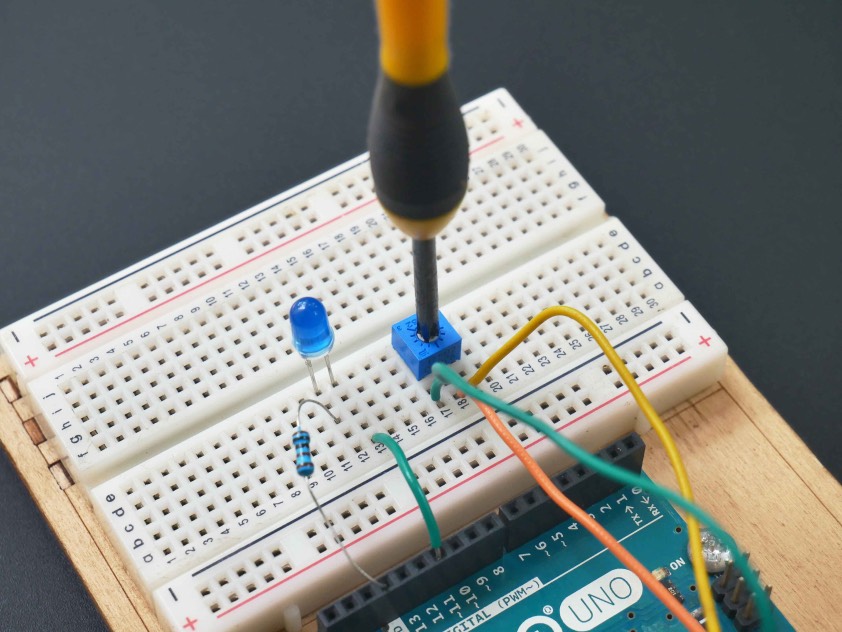
Soldering, the process of joining electronic components to a PCB, is integral to electronics manufacturing. Two primary soldering techniques, lead-free and leaded soldering, differ not only in their composition but also in their environmental impact, performance, and application.
Leaded solder, traditionally composed of tin and lead (Sn-Pb), has been widely used in electronics for its ease of use and reliability. However, due to environmental concerns regarding lead's toxicity, there has been a global shift towards lead-free alternatives.
Lead-free solder compositions often include a combination of tin, silver, and copper (Sn-Ag-Cu) or tin and copper (Sn-Cu). These compositions adhere to environmental regulations while maintaining soldering quality. However, lead-free soldering typically requires higher soldering temperatures and can be less forgiving in terms of process control and reliability compared to leaded solder.
One crucial difference lies in the melting points: lead-free solder typically melts at higher temperatures than leaded solder. This temperature variance influences the soldering process parameters, equipment requirements, and the types of components that can withstand the higher temperatures.
Furthermore, the mechanical properties of lead-free solder differ slightly, affecting joint integrity and reliability. Lead-free solder joints may be more susceptible to mechanical stresses, potentially impacting the long-term reliability of electronic devices.
Despite these differences, lead-free soldering aligns with environmental regulations, making it the preferred choice in many industries. Manufacturers have adapted by implementing new soldering techniques, optimizing equipment, and adjusting process parameters to ensure the reliability and quality of lead-free solder joints.
In conclusion, the transition from leaded to lead-free soldering signifies a commitment to environmental sustainability in electronics manufacturing. Understanding the differences between these soldering techniques enables manufacturers to make informed decisions, balancing environmental responsibility with product reliability.